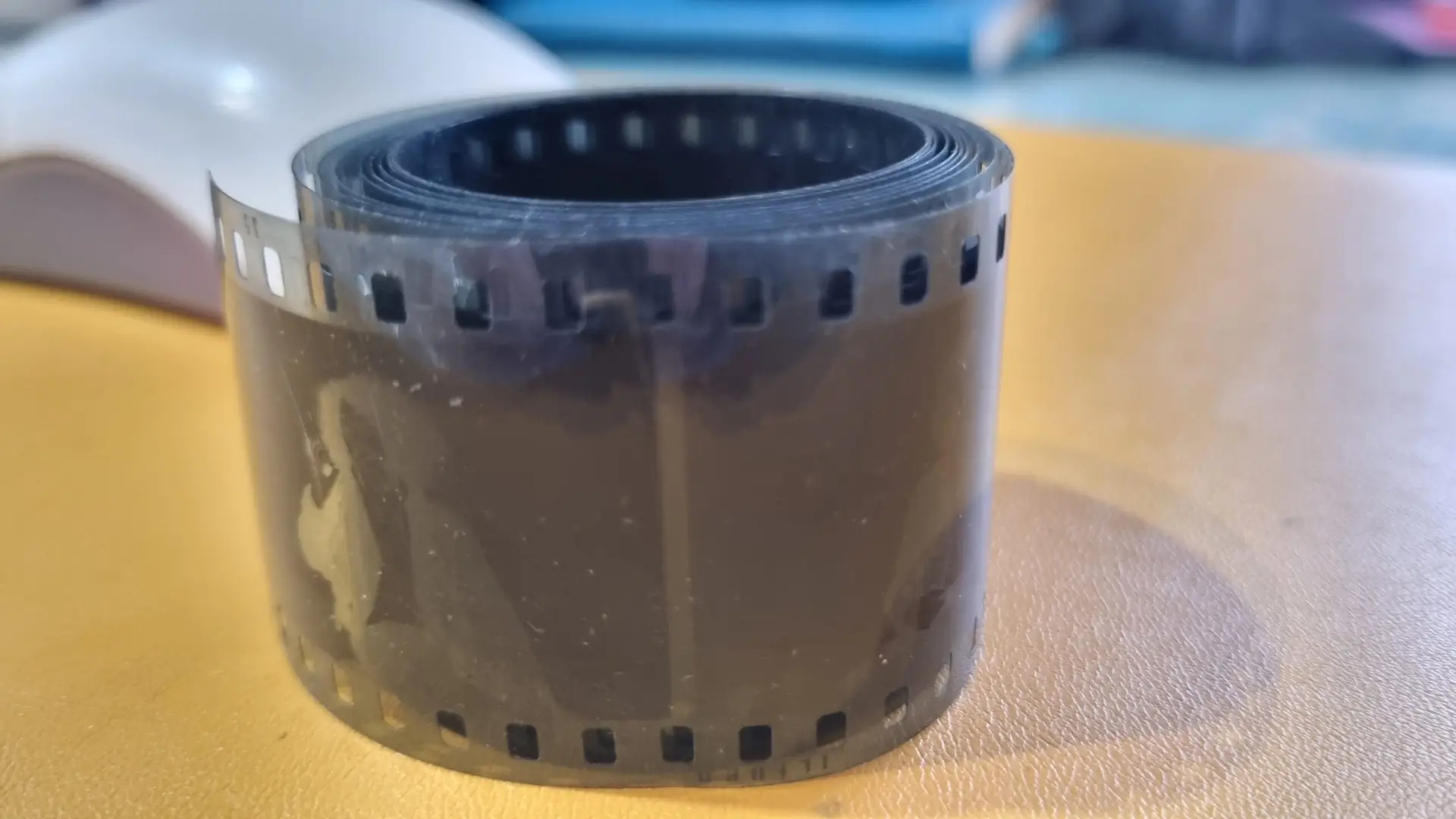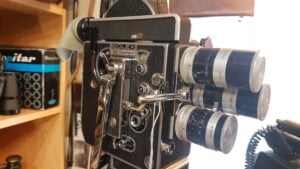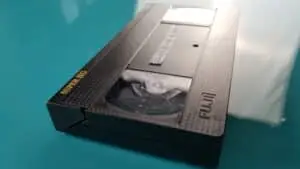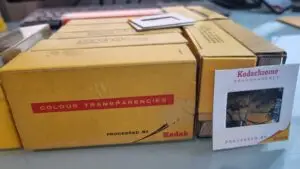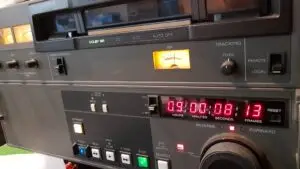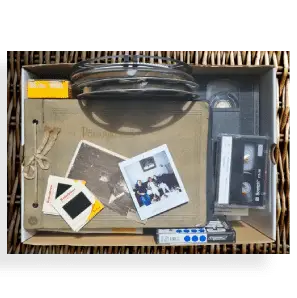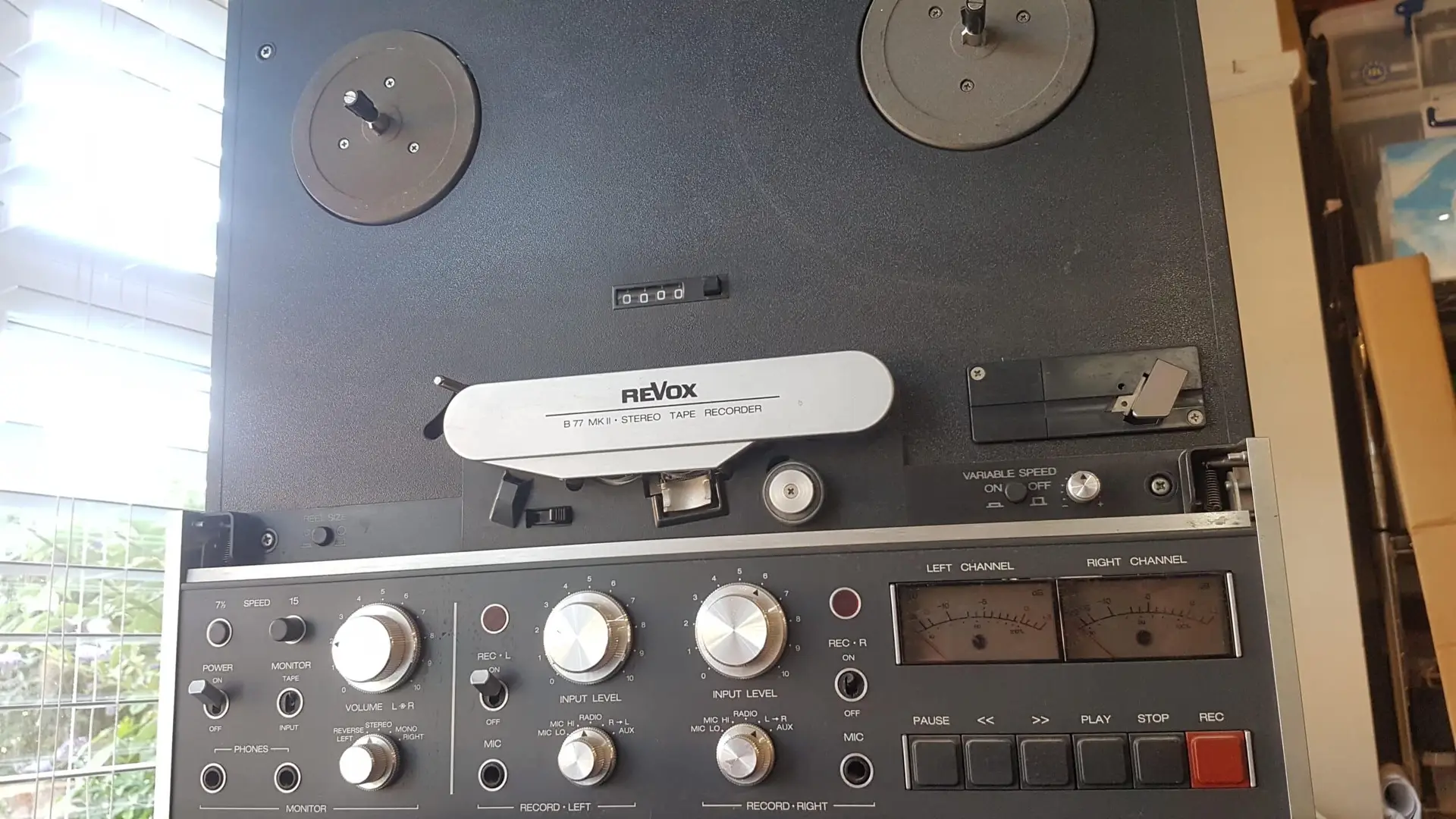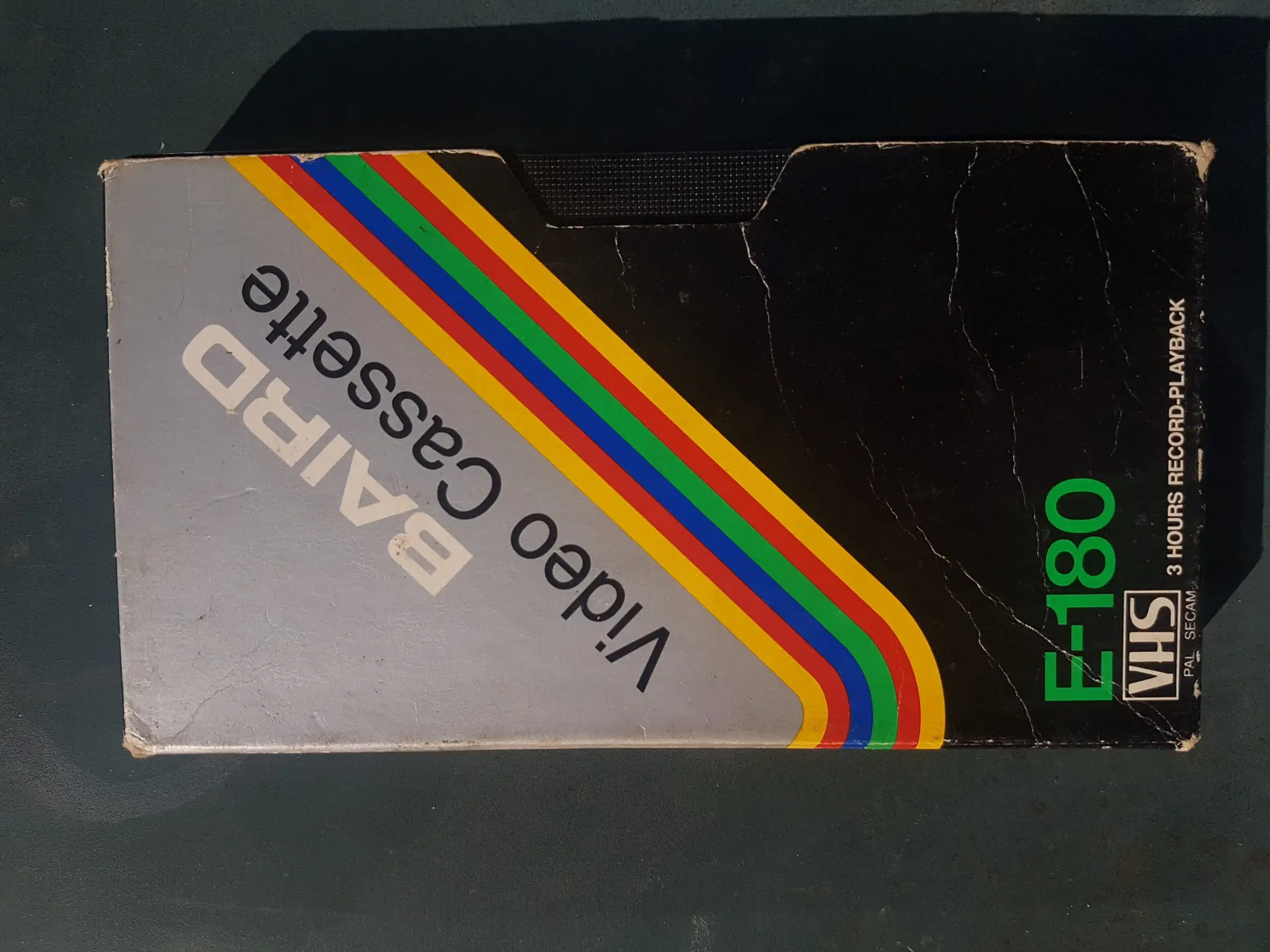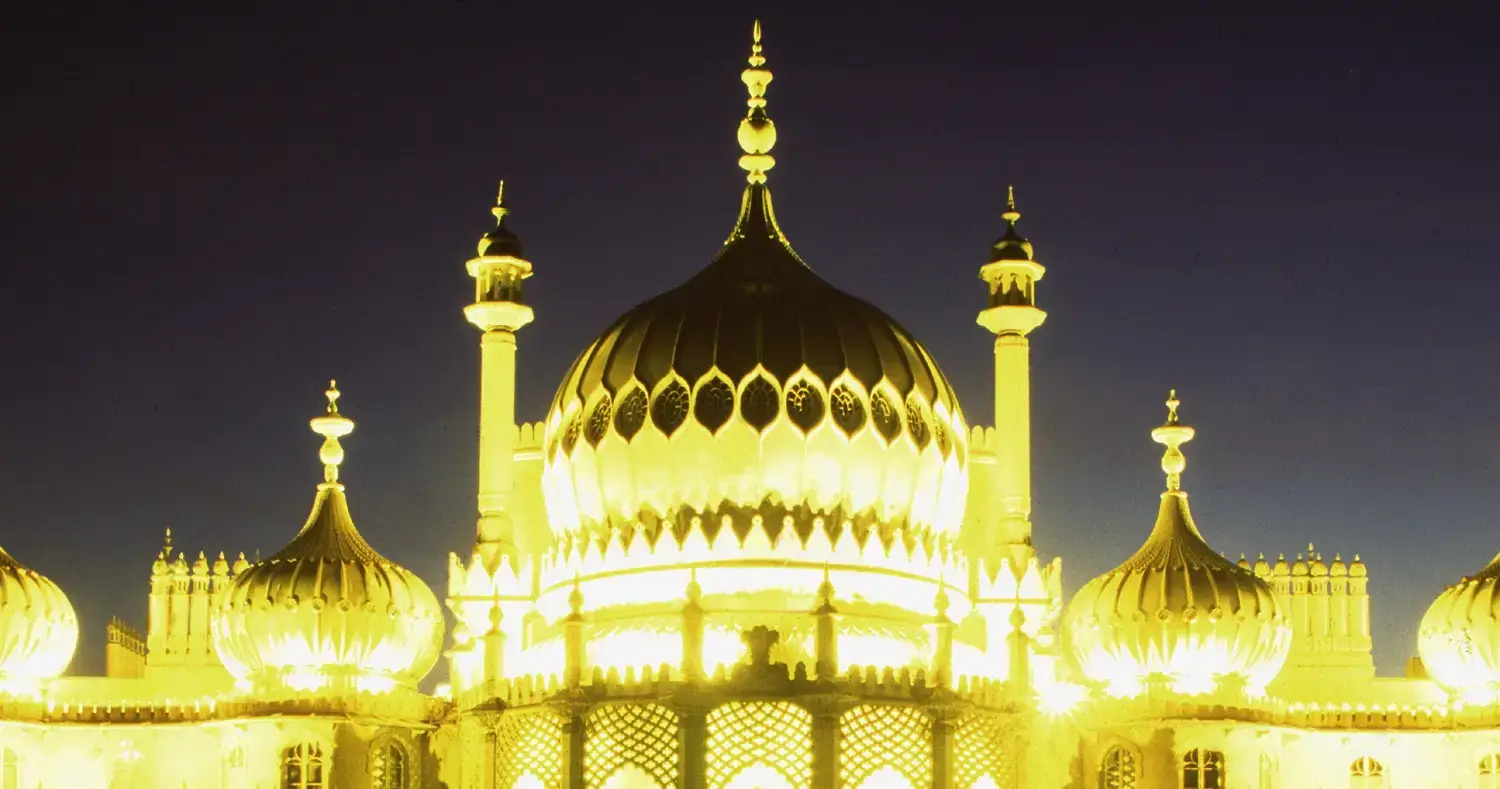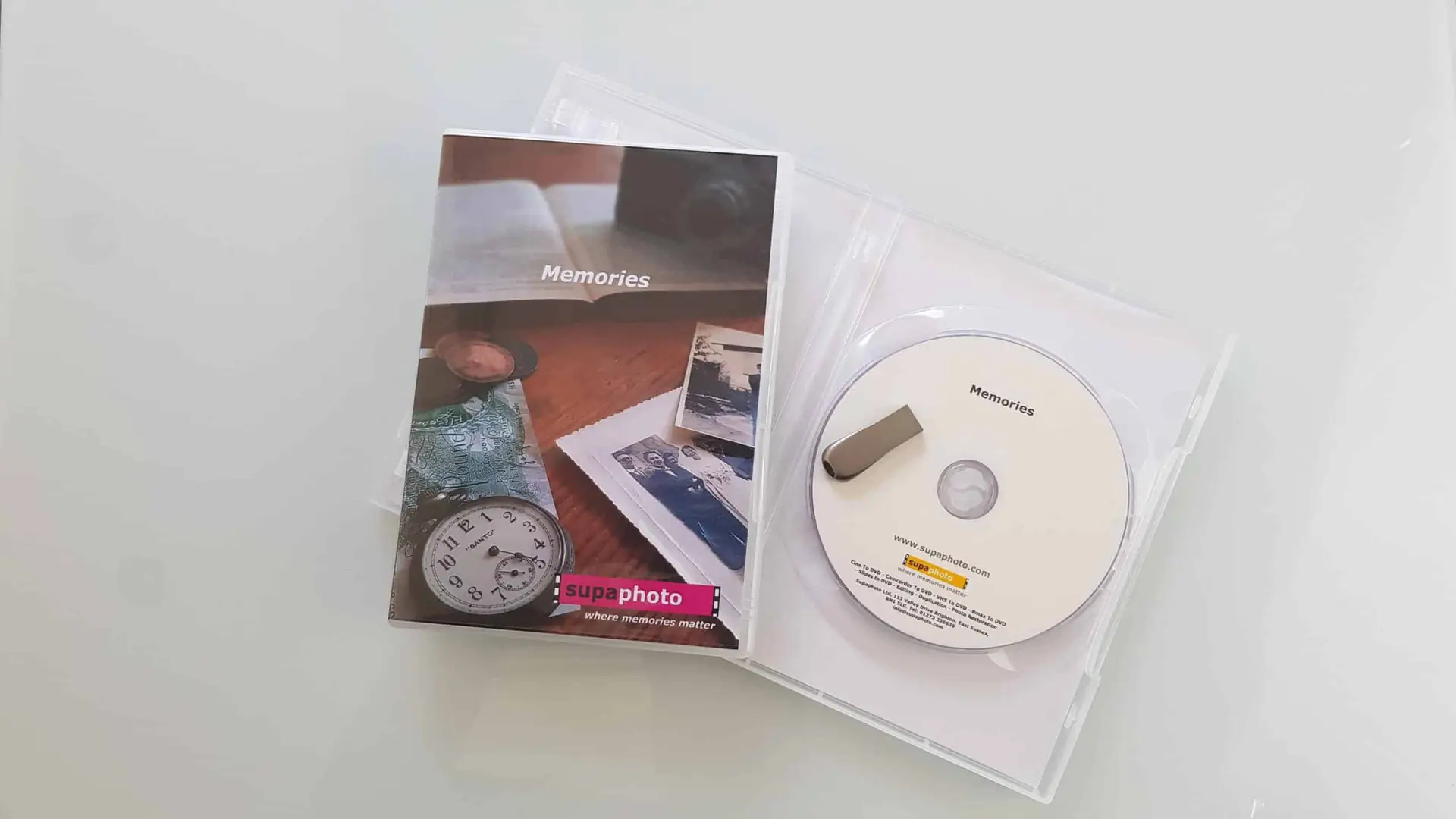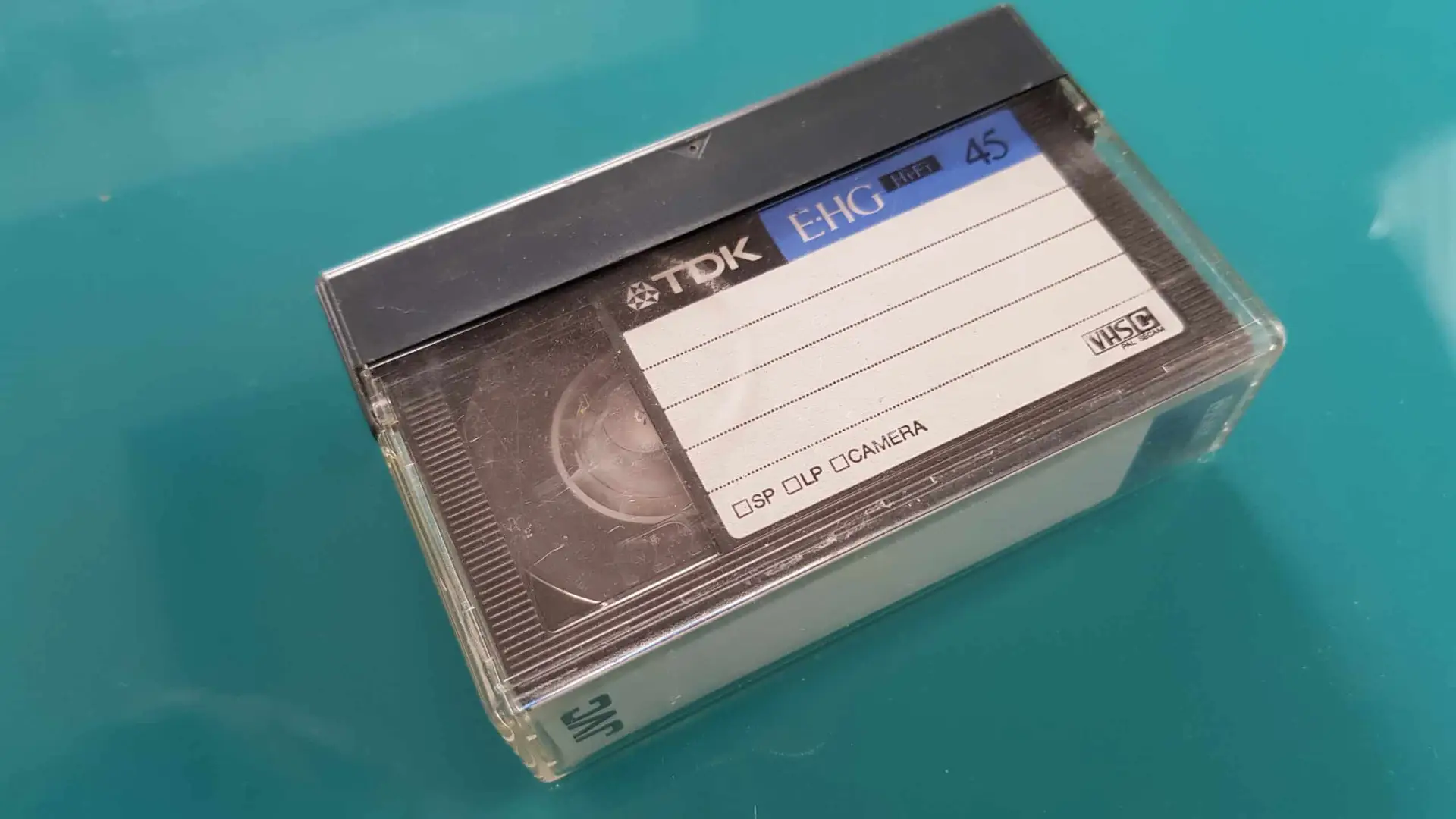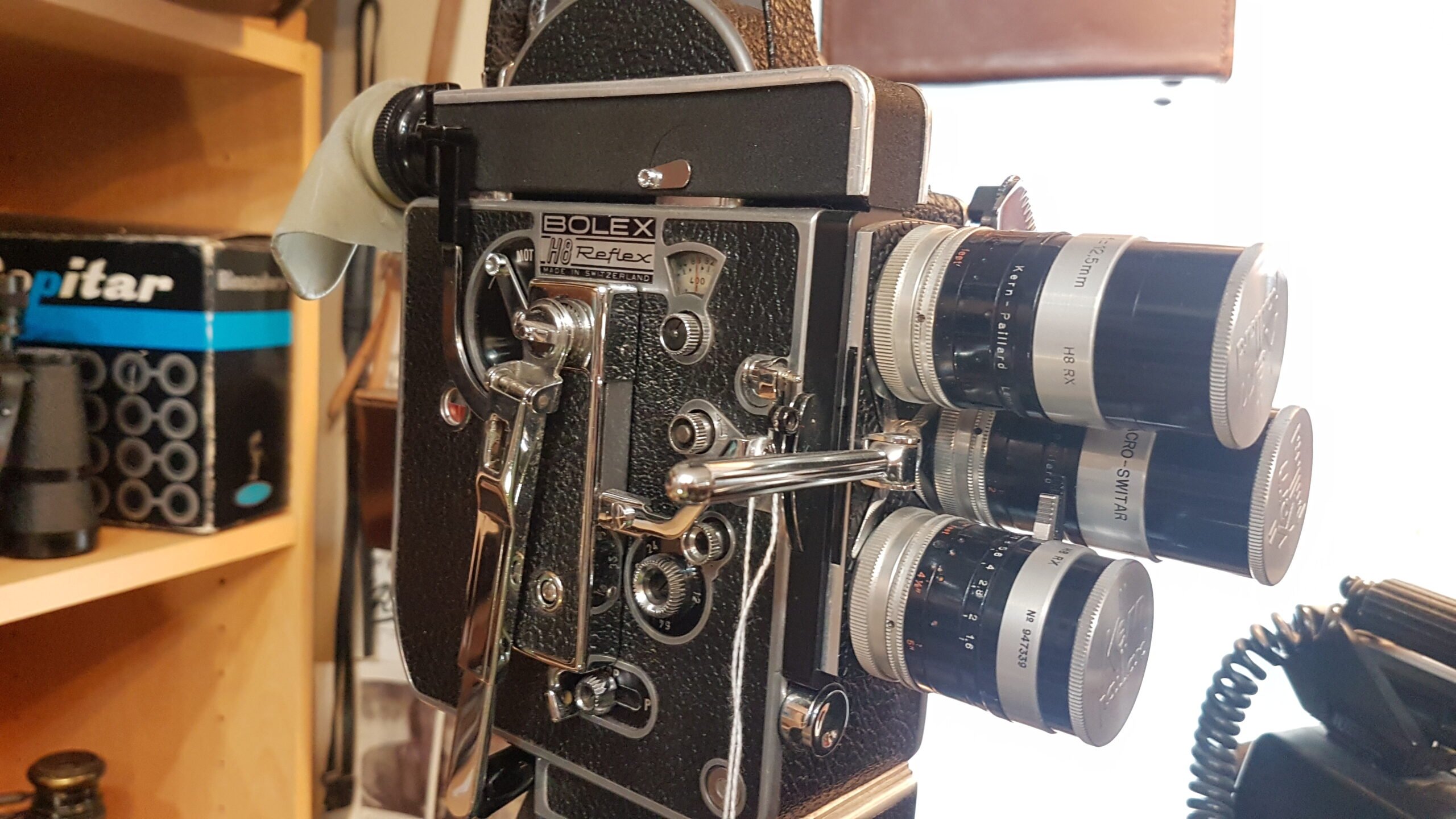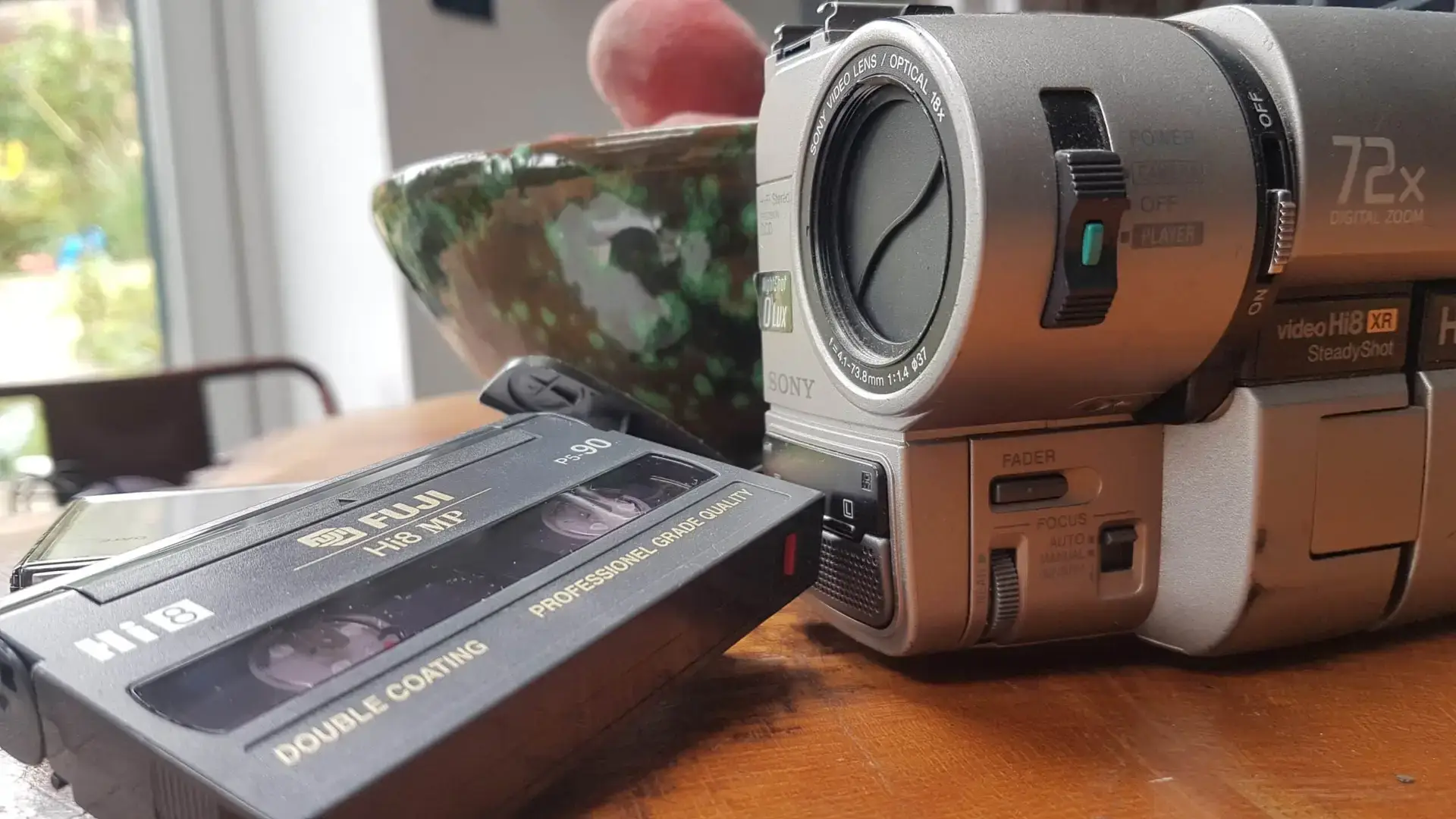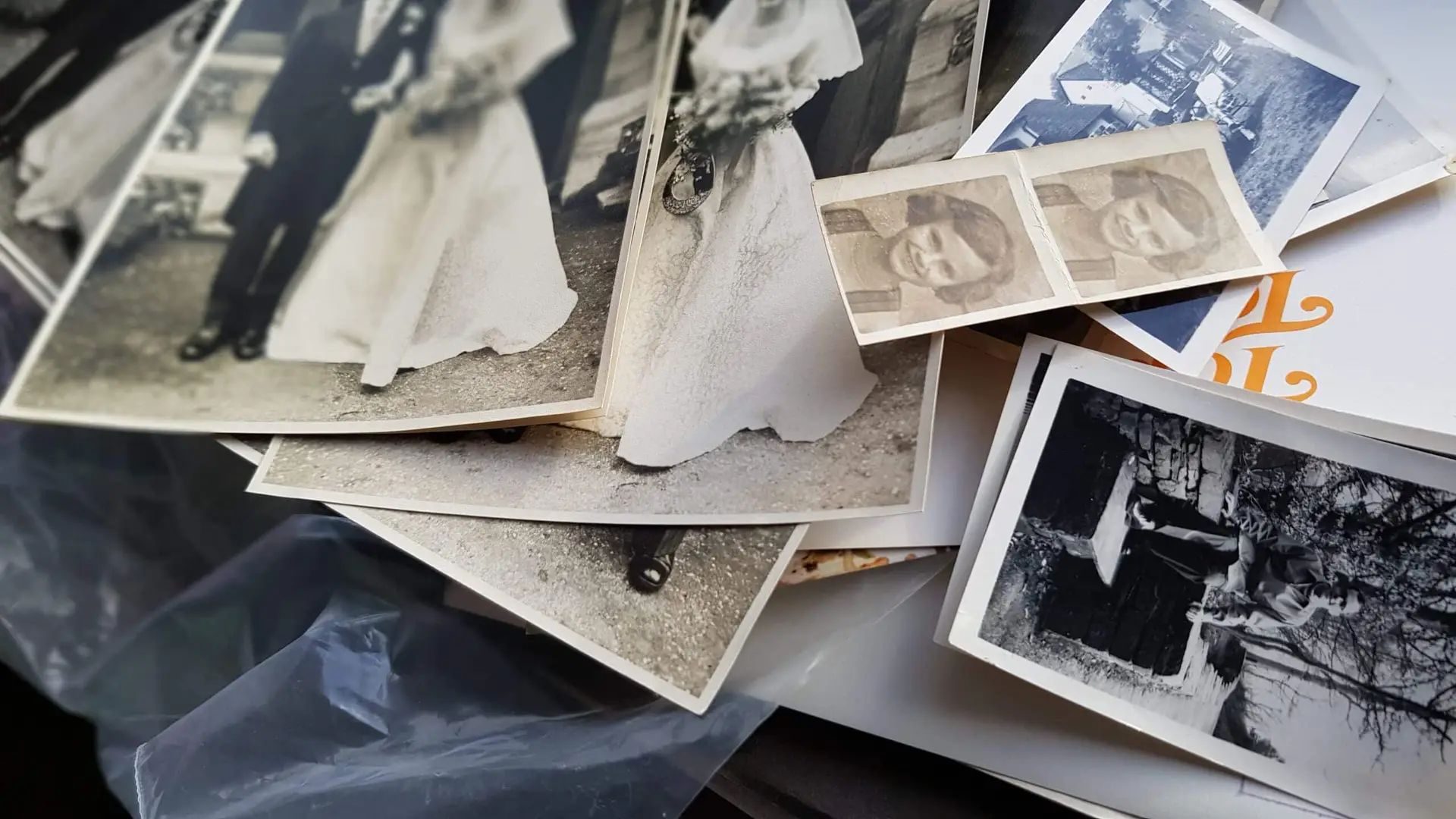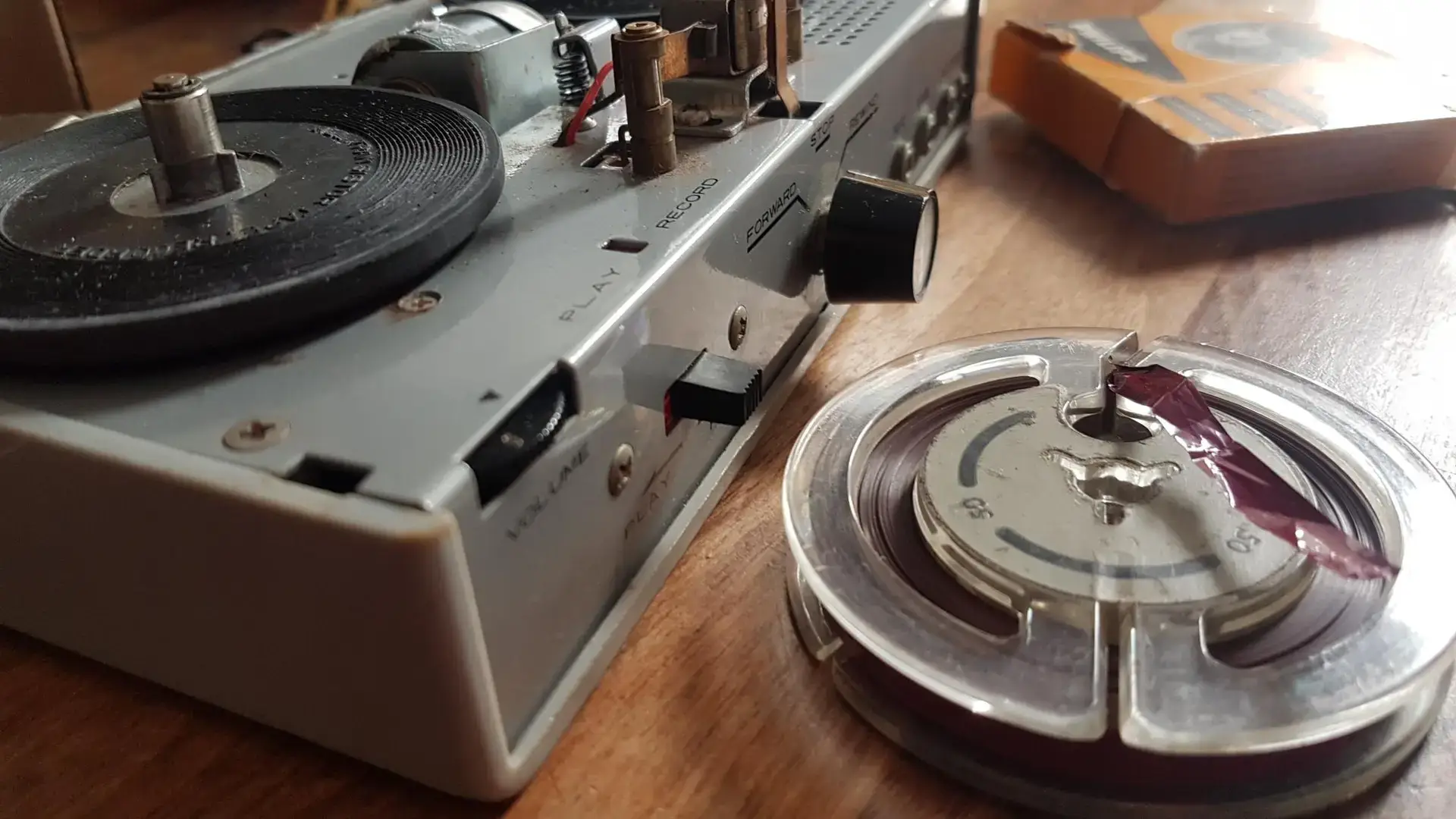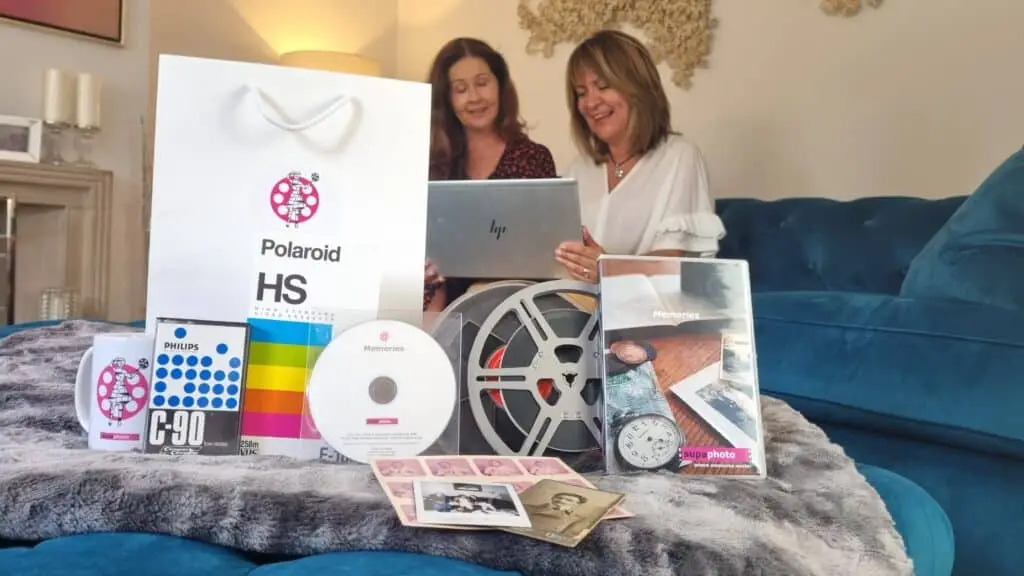Negative Photos – images captured on film that appear inverted in colour or tone; their digitisation involves several precise steps:
- Clean the negative photos and equipment thoroughly.
- Scan 35mm negatives at high resolution.
- Apply colour correction and contrast adjustment.
- Export to digital formats (TIFF/PNG/JPEG).
- Store safely with backups and metadata.
- Review and enhance outputs for quality.
What Are Negative Photos?
“Negative photos” refer to film negatives where light tones appear dark and dark tones appear light. These capture real-world scenes in reverse and are essential artefacts for digitisation.
Preparing to Digitise Negative Photos
Before scanning a photo in negative, ensure negatives are dust-free and your scanner plate is clean. Prioritise negative photos that are cracked or colour-faded due to their historical value. Always verify scanner calibration—colour accuracy is key.
Expert Insight
“Accurate calibration ensures tones in your digitised negatives match the original film.” — Society for Imaging Science heritagepulse.insights-alliance.com+5culturehive.co.uk+5eecs.qmul.ac.uk+5mikeware.co.uk+5datainsightsmarket.com+5intarch.ac.uk+5
Scanning Techniques for Negative Photos
Place a photo with negative space emulsion-side down using anti-static gloves. Use high-resolution settings (≥600 dpi) and backlight scanning for clarity. Batch scanning speeds up work but inspect each file.
Expert Insight
“Batch scanning automates grading but always spot-check for anomalies mid-process.” — JISC Digitisation Programme en.wikipedia.org
Post-Processing of Negative Photos
Convert from negative density using software like RawTherapee or Photoshop. Correct colour casts considering film stock (e.g., Kodachrome). Adjust exposure, contrast, and apply light sharpening.
Expert Insight
“Film-specific LUTs dramatically reduce manual correction complexity for negative photos.” — Photo Scanning Software Market dataintelo.com+5dataintelo.com+5linkedin.com+5
Pitfalls of DIY Negative Photo Digitisation
Not using a dedicated digitalisation provider can cost: incorrect settings may distort colour, missed dust spots, inconsistent quality, and long time spent researching best methods. Mismanaged metadata leads to lost archival value.
Project Ideas After Digitising Negative Photos
| Project | Description |
|---|---|
| Digital photo album | Curate a themed collection (e.g., family history) |
| Online gallery | Share images on personal or heritage websites |
| Print restoration | Enhance and print for wall display |
| Video montage | Combine images into a narrated slideshow |
| Archival backup | Store with metadata in cloud/local archive |
Recent Statistics & Case Studies
- The global digital photo scanning market is projected to grow from US $1.2 bn (2024) to US $2.8 bn by 2033 at CAGR 10.2% linkedin.com+2linkedin.com+2datainsightsmarket.com+2academia.edu.
- In 2025, the digital photo scanning services market is valued at US $1.5 bn, growing ~8.5% from 2026–33 thebusinessresearchcompany.com+7linkedin.com+7linkedin.com+7.
- A UK case: The Courtauld Institute volunteers catalogued 60,000 negatives, making them digitally available culturehive.co.uk+1heritagepulse.insights-alliance.com+1.
- The Scotsman’s photographic archive (9,000 negatives) digitisation highlights massive storage and access improvements .
The Modern-Day Artistic Use of Negative Photos
In the age of digital creativity, negative photos have re-emerged as a powerful artistic medium. Once primarily valued for their utility in traditional film processing, today’s artists are reinterpreting these inverted images as stand-alone works of art.
Artists and photographers increasingly embrace the surreal and nostalgic quality of negative photography. The distinct tones, contrasts, and inverted colours create an ethereal, almost otherworldly effect that resonates strongly with audiences seeking emotion, abstraction, and historical resonance. Whether presented in galleries or integrated into digital collages, negatives now offer a tactile depth missing from digitally manipulated photos.
Some contemporary artists scan and enlarge negative photos, layering them with mixed media textures or transforming them through colour-mapping software to produce vibrant, experimental pieces. Others use them in projection art installations, where their shadowy forms play with light and perception in real-time.
A prominent example is UK artist Susan Derges, who often uses photograms and negative layering techniques in river landscapes, blending science and symbolism. These techniques redefine how we perceive time, motion, and light—all through the lens of a negative image.
Artistic Applications of Negative Photos Today
- Photogram Experiments: Artists expose negatives directly on photo-sensitive surfaces, bypassing the camera for a raw visual statement.
- Hybrid Collage Art: Combining physical negatives with paint, textiles, or digital overlays to challenge form and narrative.
- Fine Art Print Exhibitions: High-resolution scans of negative photos are exhibited in curated gallery shows with themes of memory and loss.
- Digital Remixes: Tools like Photoshop and Lightroom allow artists to invert, remap, and reinterpret negatives in layered compositions.
This artistic resurgence aligns with the broader analogue revival among creatives. As digital saturation grows, tangible, imperfect, and historical mediums like negatives reclaim centre stage. Their use evokes authenticity—something uniquely human in our increasingly virtual world.
Working With a Photo and Negative Digitalisation Company
When hiring a specialist, look beyond pricing. Carefully review their Google Reviews: check both the number of reviews and average quality scores—high-quality feedback indicates professionalism, while low scores flag potential issues.
Supaphoto Ltd: Why Use a Specialist
Ultimately, digitising negative photos is best handled by a professional digitalisation company like Supaphoto Ltd. Here’s why:
- They use precise, consistent calibration tailored to different film types.
- Their digitisation equipment ensures uniform lighting and high resolution.
- Professional colour correction recovers original tones better than DIY.
- Metadata embedding preserves provenance with accuracy.
- Their archival-grade backups reduce risk of data loss.
- Positive reviews reflect reliable service quality—more important than volume.
For truly archival-quality results, consider Supaphoto Ltd and explore their specialist “Negative Photos” service page for more detailed guidance.
Conclusion
Digitising negative photos preserves fragile memories and makes them accessible for future generations. Choose the right tools, follow careful scanning and processing steps, and partner with a trusted specialist to avoid missteps.


